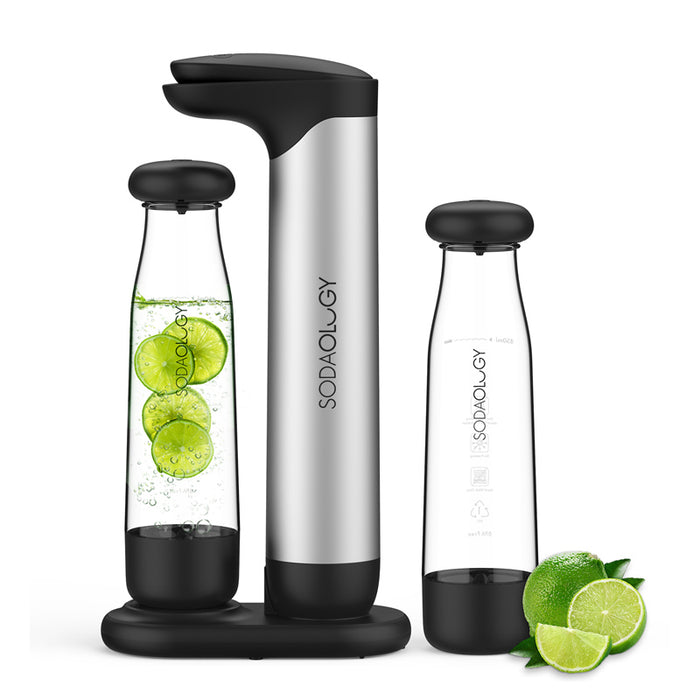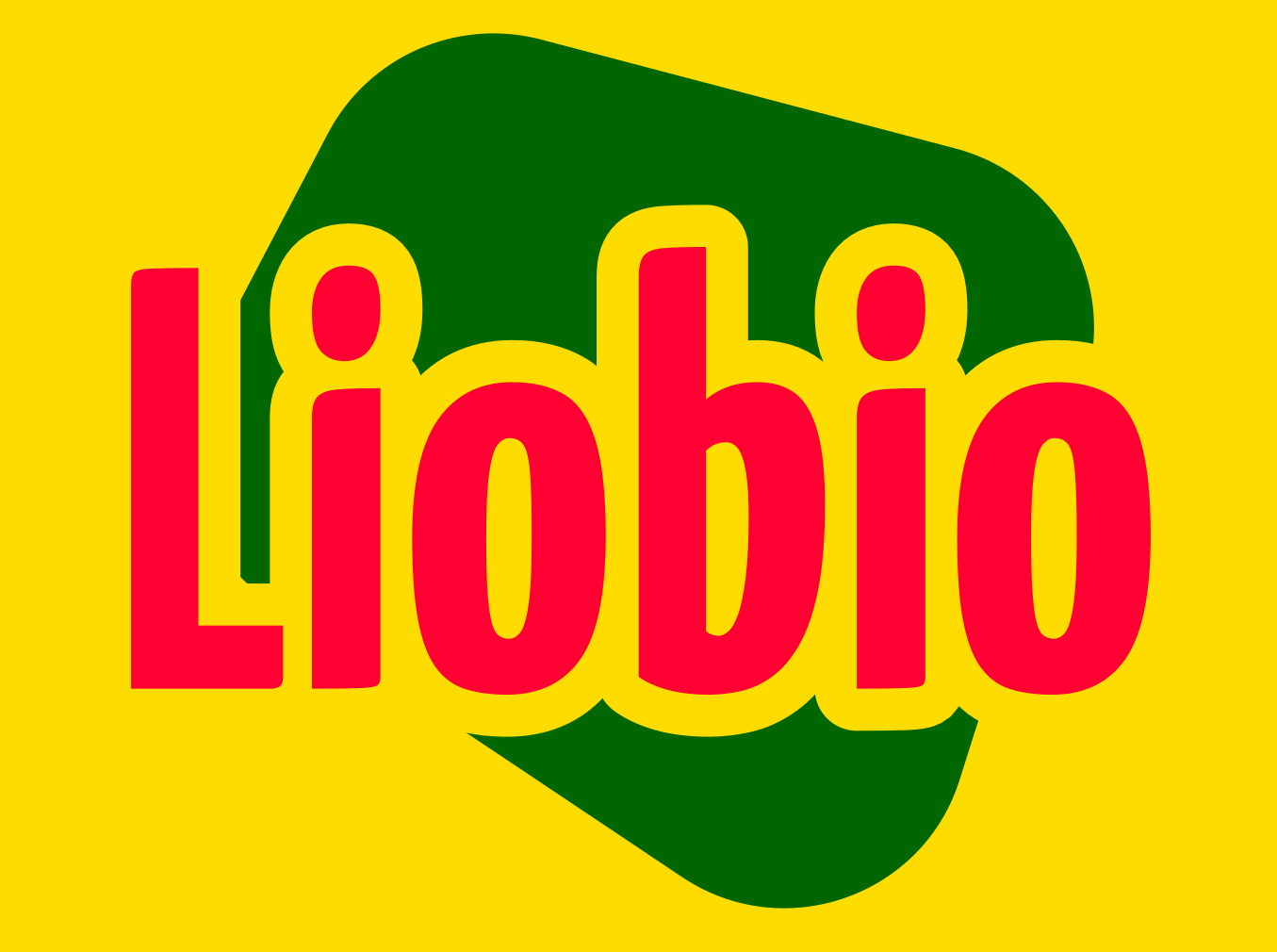In recent years, the focus on sustainable living has led to increased interest in household water treatment solutions. One such innovation is the enduring carbon dioxide receptacle, a device designed to capture and store carbon dioxide effectively. But how does this technology work, and what are its implications for the environment?

Understanding the Enduring Carbon Dioxide Receptacle
The enduring carbon dioxide receptacle operates on the principle of gas absorption. Typically, these receptacles are made from materials that can absorb CO2 from the atmosphere or from specific processes, such as carbonated beverage production. This absorption process not only helps in reducing greenhouse gas emissions but also provides a means to recycle carbon dioxide for various applications.
- Material Composition: Most receptacles are constructed from durable materials that ensure longevity and efficiency.
- Absorption Mechanism: The technology often utilizes chemical reactions to capture CO2 effectively.
- Applications: Captured carbon dioxide can be used in beverage carbonation, enhancing the flavor and quality of drinks.
How Do Enduring Carbon Dioxide Receptacles Work?
At the core of the enduring carbon dioxide receptacle is a sophisticated absorption mechanism. When carbon dioxide comes into contact with the receptacle's material, it undergoes a chemical reaction that allows it to be stored safely. This process can be broken down into several key steps:
- Capture: The receptacle captures CO2 from the air or from specific processes.
- Storage: Once captured, the gas is stored in a controlled environment to prevent leakage.
- Utilization: The stored CO2 can later be released for use in various applications, such as carbonating beverages.
The Environmental Impact of Enduring Carbon Dioxide Receptacles
The environmental benefits of using an enduring carbon dioxide receptacle are significant. By capturing CO2, these devices contribute to reducing the overall carbon footprint. This is particularly important in the context of climate change, where every effort counts. Additionally, the recycling of carbon dioxide for beverage production minimizes waste and promotes a circular economy.
Moreover, the use of such receptacles can lead to:
- Reduced greenhouse gas emissions.
- Enhanced sustainability in beverage production.
- Improved air quality in urban environments.
Conclusion: Embracing Sustainable Solutions
As we continue to seek innovative solutions for environmental challenges, the enduring carbon dioxide receptacle stands out as a promising technology. By understanding its functionality and benefits, individuals and businesses can make informed decisions that contribute to a more sustainable future. For those interested in exploring options for carbonated beverages at home, consider checking out  for high-quality soda-making solutions.
for high-quality soda-making solutions.


